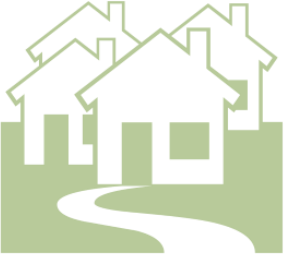What is the second leading cause of lung cancer in the United States?
Radon. Radon is a radioactive gas that occurs naturally in the soil. It cannot be seen, smelled or tasted. Outside, radon is diluted to low concentrations and is not considered harmful. Indoors, however, radon can reach elevated levels that are considered dangerous.

In Kansas, 1 in 4 homes has high levels of radon.
According to the county map available at the Kansas Radon Program website, much of the NCRPC 12-county region has high average radon values. If your home tests high, it can be fixed. A radon mitigation system should be installed by a certified radon mitigation contractor. If you already have a radon system in your home, it should be tested every 3 to 5 years to ensure that it is functioning properly.
Testing is the only way to know your level of exposure. You can buy a do-it-yourself radon test kit or hire a professional. NCRPC has a Kansas certified radon measurement technician on staff that can complete this for you. Contact the NCRPC Housing Department at 785-738-2218 for a quote.
If you opt to test yourself, radon test kits can be purchased at many local extension offices or ordered from the National Radon Program at www.sosradon.org. For accurate results, windows should remain closed for the duration of the test.
For more information, visit the Kansas Radon Program website at kansasradonprogram.org/home.
This article appeared in the May 2019 NCRPC Newsletter.
